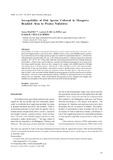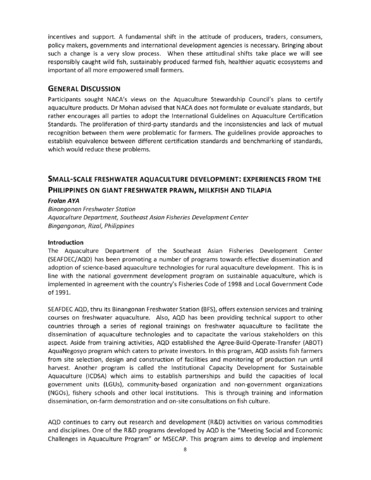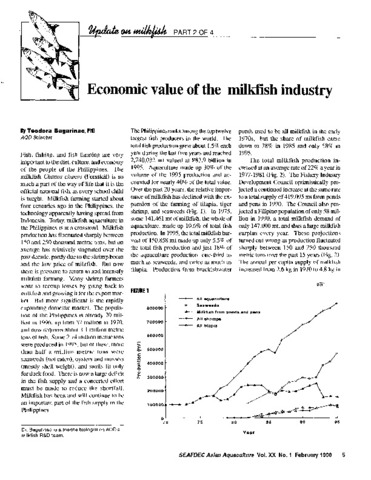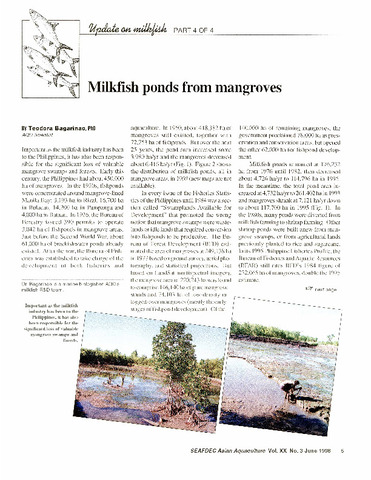Susceptibility of fish species cultured in mangrove brackish area to piscine nodavirus

Associated URL
www.jstage.jst.go.jpDate
2007Page views
595Metadata
Show full item recordCited times in Scopus
Share
Abstract
Susceptibility of orange-spotted grouper Epinephelus coioides, Asian sea bass Lates calcarifer, mangrove red snapper Lutjanus argentimaculatus, milkfish Chanos chanos, and rabbitfish Siganus guttatus to piscine nodavirus from orange-spotted grouper was studied by experimental infection. The fish were intraperitoneally injected with 0.05 mL of the filtrate homogenate of infected organs from diseased grouper at 106.8, 105.8 or 104.8 TCID50/fish, while the control group received 0.05 mL of Hanks’ balanced salt solution. Clinical signs such as lethargy, anorexia and darkened pigmentation were observed in the orange-spotted grouper, Asian sea bass, mangrove red snapper, and milkfish injected with high and medium doses of the homogenate. Although no or little mortality occurred in the experimentallyinfected fish 10 days post-inoculation, viral nervous necrosis specific lesions such as severe necrosis and vacuolation in the brain and retina were produced in these four fish species. The virus was reisolated in SSN-1 cells inoculated with the filtrated tissue homogenate of survivors in all doses for all four fish species. However, in the experimentally infected rabbitfish no histological lesion was observed, and no virus was reisolated. These results indicate that grouper, sea bass, mangrove red snapper, and milkfish are susceptible to the piscine nodavirus isolated from diseased grouper.
Suggested Citation
Maeno, Y., de la Peña, L. D., & Cruz-Lacierda, E. R. (2007). Susceptibility of fish species cultured in mangrove brackish area to piscine nodavirus. Japan Agricultural Research Quarterly , 41(1), 95-99. https://doi.org/10.6090/jarq.41.95
Subject
Taxonomic term
Collections
- AQD Journal Articles [1249]
Related items
Showing items related by title, author, creator and subject.
-
Small-scale freshwater aquaculture development: Experiences from the Philippines on giant freshwater prawn, milkfish and tilapia
Aya, Frolan (Japan International Cooperation Agency, 2013-12)The Aquaculture Department of the Southeast Asian Fisheries Development Center (SEAFDEC/AQD) has been promoting a number of programs towards effective dissemination and adoption of science-based aquaculture technologies ... -
Economic value of the milkfish industry
Bagarinao, Teodora (Aquaculture Department, Southeast Asian Fisheries Development Center, 1998)A brief description is given of the milkfish (Chanos chanos) farming industry in the Philippines. Over the past 20 years, the relative importance of milkfish has declined with the expansion of tilapia, tiger shrimp and ... -
Milkfish ponds from mangroves
Bagarinao, Teodora (Aquaculture Department, Southeast Asian Fisheries Development Center, 1998)



